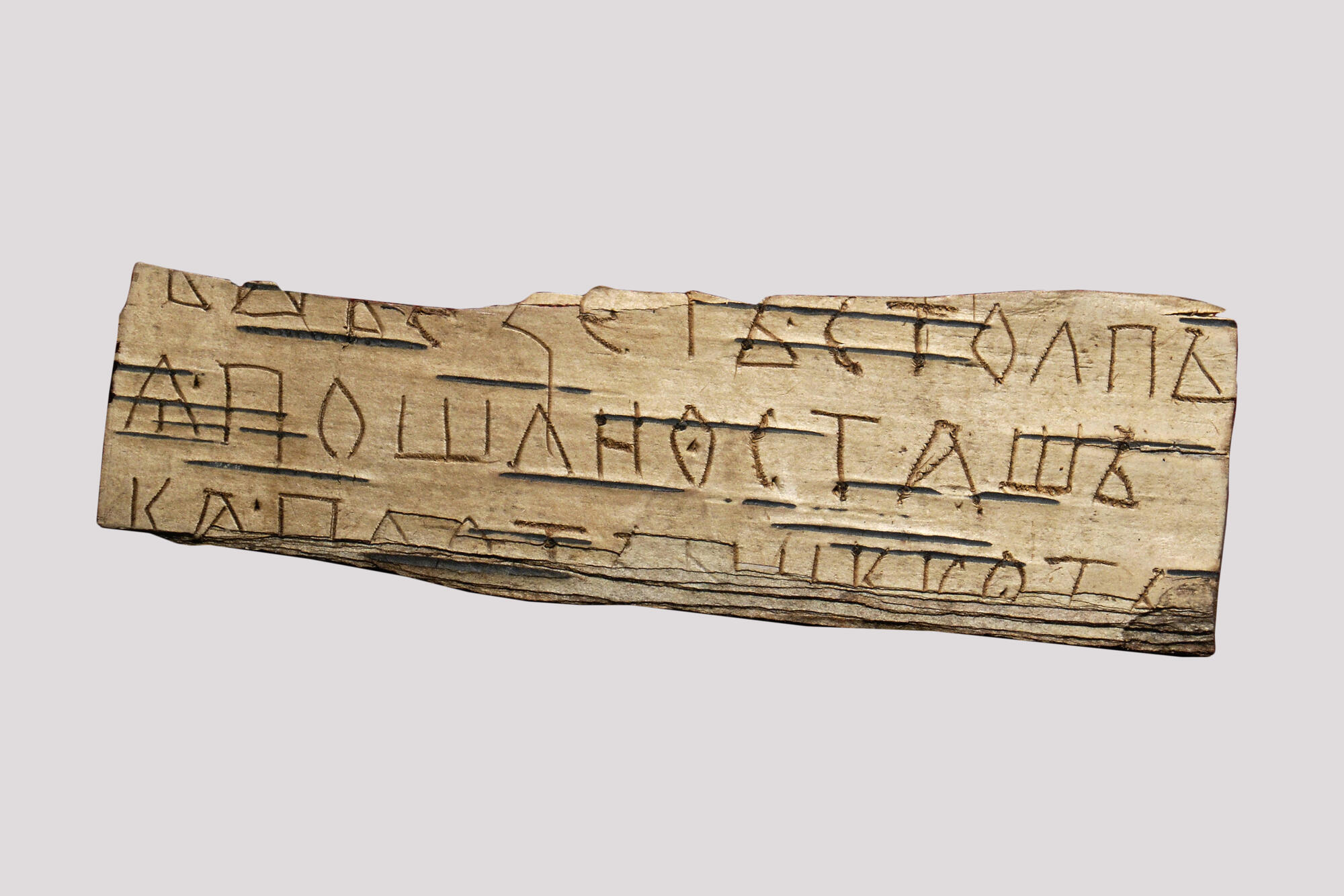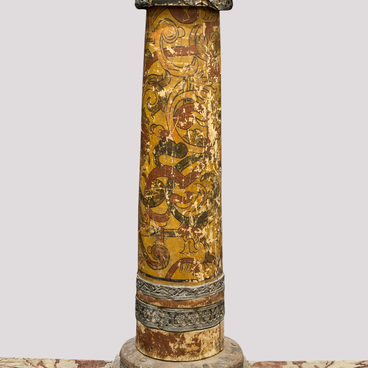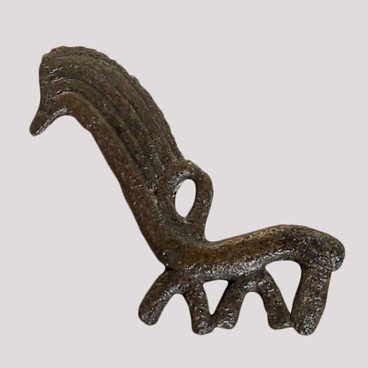Birchbark letters are letters and notes on birch bark. Birch bark was used as a written material from the 11th to the middle of the 15th century. After the widespread of paper, the use of the bark faded away.
Birchbark letters are a unique written source that provides information mainly about the life of ordinary townspeople: merchants, artisans, priests, soldiers. When writing letters, ink was practically not used due to their instability. The authors simply scratched letters on the bark. Most of the letters are laconic — they contain only the necessary information. The nature of birchbark letters — messages from ordinary people — is evidence of the spread of literacy among the population of Ancient Rus.
As of 2020, more than 1100 birchbark letters have been found. The first of them was found on July 26, 1951 in Veliky Novgorod by the expedition of Artsikhovsky. The preservation of these ancient finds was able because of the favorable natural conditions and features of the local soil. Smolensk is the second city where a birchbark letter was discovered. On July 30, 1952, by an expedition of the archaeologist Avdusin, a birchbark letter was found on Sobolev Street in the УС-3 excavation site. The letter was discovered by an employee of the Smolensk expedition, Sedova, south of the fortress wall, near the gateway church of the Mother of God. For the first time Avdusin published data on the Smolensk birch bark letter No. 3 in the publication ‘Soviet Archeology’ No. 2, 1966.
To date, 16 Smolensk birchbark letters have been found, they date back to the 12-13th centuries and represent business documents or household records. Smolensk birchbark letter No. 3 is a business records. It reads: ‘…ВЫВЕЗЕТЪ СТОЛПЬ А ПОШЛИ ОСТАШЪКА ПЛОТЬНИКУ ОТЬ…’ ‘- which means “the pillars have already been removed. Send Ostafy to the carpenter …”
Most commonly, the texts of the birchbark letters reach us in fragments. And this is not a damage from archaeological work. The addressee of the letter himself took care that no one else would read it and tore or cut the letter after reading it. Therefore, in most cases, we can understand only the general idea of the document.
Birchbark letters are a unique written source that provides information mainly about the life of ordinary townspeople: merchants, artisans, priests, soldiers. When writing letters, ink was practically not used due to their instability. The authors simply scratched letters on the bark. Most of the letters are laconic — they contain only the necessary information. The nature of birchbark letters — messages from ordinary people — is evidence of the spread of literacy among the population of Ancient Rus.
As of 2020, more than 1100 birchbark letters have been found. The first of them was found on July 26, 1951 in Veliky Novgorod by the expedition of Artsikhovsky. The preservation of these ancient finds was able because of the favorable natural conditions and features of the local soil. Smolensk is the second city where a birchbark letter was discovered. On July 30, 1952, by an expedition of the archaeologist Avdusin, a birchbark letter was found on Sobolev Street in the УС-3 excavation site. The letter was discovered by an employee of the Smolensk expedition, Sedova, south of the fortress wall, near the gateway church of the Mother of God. For the first time Avdusin published data on the Smolensk birch bark letter No. 3 in the publication ‘Soviet Archeology’ No. 2, 1966.
To date, 16 Smolensk birchbark letters have been found, they date back to the 12-13th centuries and represent business documents or household records. Smolensk birchbark letter No. 3 is a business records. It reads: ‘…ВЫВЕЗЕТЪ СТОЛПЬ А ПОШЛИ ОСТАШЪКА ПЛОТЬНИКУ ОТЬ…’ ‘- which means “the pillars have already been removed. Send Ostafy to the carpenter …”
Most commonly, the texts of the birchbark letters reach us in fragments. And this is not a damage from archaeological work. The addressee of the letter himself took care that no one else would read it and tore or cut the letter after reading it. Therefore, in most cases, we can understand only the general idea of the document.



